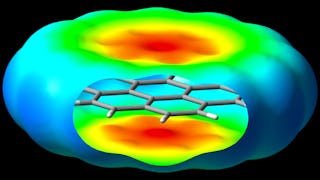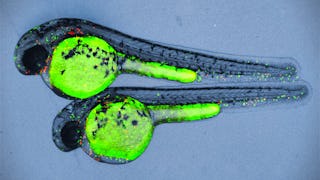Ce cours couvrira les sujets d'un cours de chimie générale d'une année complète, en deux semestres. Nous utiliserons un manuel en ligne gratuit, Concept Development Studies in Chemistry, disponible via le projet Connexions de Rice.
Les concepts fondamentaux du cours seront introduits par le biais de l'approche de développement de concepts développée à l'université de Rice. Dans cette approche, nous développerons les concepts que vous devez connaître à partir d'observations expérimentales et d'un raisonnement scientifique, plutôt que de vous les présenter et de vous demander de les mémoriser ou de les appliquer. Pourquoi utiliser cette approche ? L'une des raisons est que la plupart d'entre nous sont des apprenants inductifs, ce qui signifie que nous aimons faire des observations spécifiques et généraliser à partir de là. Bon nombre des concepts les plus importants en chimie sont contre-intuitifs. Lorsque nous voyons d'où viennent ces concepts, nous pouvons plus facilement les accepter, les expliquer et les appliquer. La deuxième raison est que le raisonnement scientifique en général et le raisonnement chimique en particulier sont des processus inductifs. Cette approche du développement de concepts illustre ces processus de raisonnement. Une troisième raison est que c'est tout simplement plus intéressant ! La structure et les réactions de la matière sont des énigmes fascinantes à résoudre par l'observation et le raisonnement. Il est plus amusant intellectuellement de résoudre ces énigmes ensemble, plutôt que d'avoir les réponses révélées dès le départ. Contexte recommandé : Ce cours peut être suivi par une personne n'ayant aucune expérience préalable en chimie. Cependant, une certaine familiarité avec les bases de la chimie est souhaitable car nous n'aborderons que brièvement certains éléments. Par exemple, il serait utile d'avoir suivi un cours de chimie au lycée. Lectures suggérées : Les lectures seront tirées du manuel en ligne "Concept Development Studies in Chemistry", disponible dans le cadre du projet Connexions de Rice. En outre, nous vous suggérerons des lectures à partir de n'importe quel manuel standard de chimie générale. Une ressource en ligne gratuite particulièrement intéressante est Dickerson, Gray et Haight, "Chemical Principles, 3rd Edition". Des liens vers ces deux textes seront disponibles dans le module d'introduction.


















